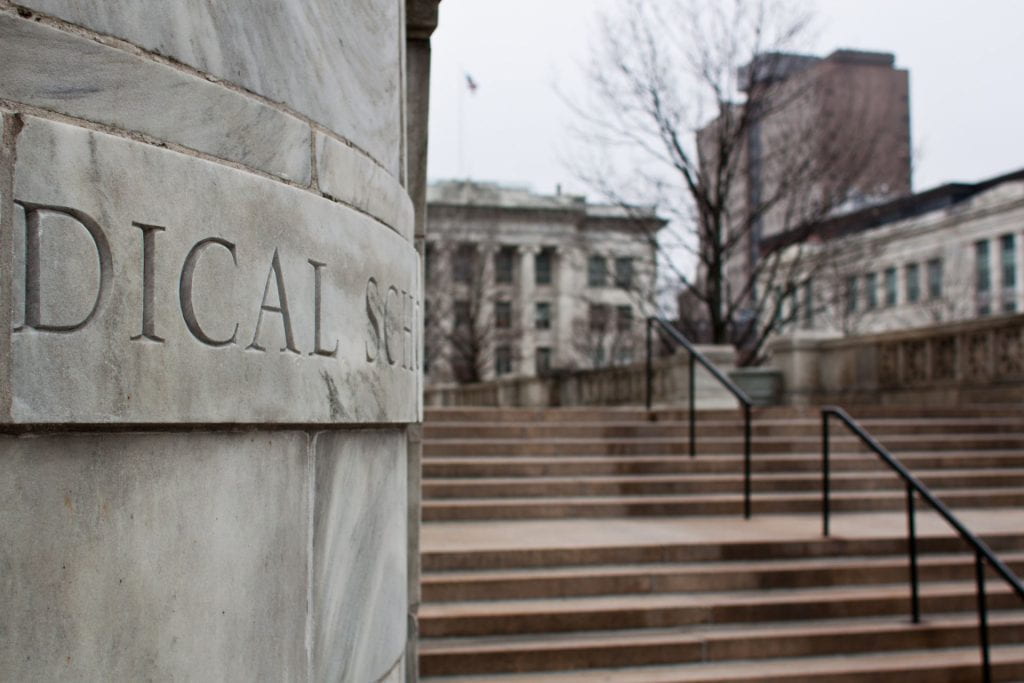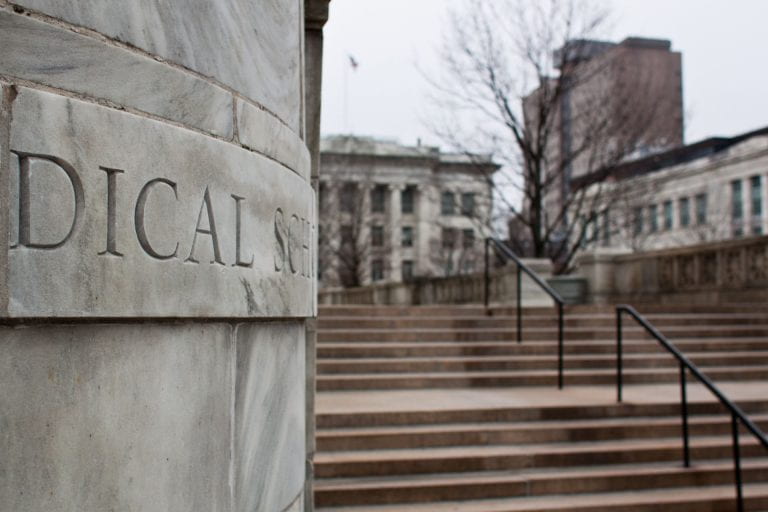
Jewish American Heritage Month dates to 2006 when it was first proclaimed by then President George W Bush in reflection of the 350th anniversary of Jews first arriving in America. A group of 23 Sephardic Jews fled persecution in Dutch Brazil during the Portuguese Inquisition and arrived in New Amsterdam (now New York) in 1654.
Since then the Jewish community has been an important contributor to American culture and prosperity, including many discoveries and advances in medicine. These were achieved despite barriers to becoming health professionals that existed well into the 20th century. Limited quotas for Jewish enrollment were quietly instituted in medical schools and post-graduate training in the 1920’s and there is evidence that the quotas continued until the 1950s.
The quotas were in response to a wave of immigration by Russian and Eastern European Jews from the 1880s to 1920. Many of these immigrants and their children pursued medical training, due to their high esteem for medicine as a profession and the pathway it provided to a middle class life in America. The number of Jewish physicians who graduated from medical colleges in 10 major US cities increased from 7 in 1875-1880 to 2,313 in 1931-35.
Following World War I, the rise of nativism and anti-Semitism in the United States was reflected in the growth of organizations like the Ku Klux Klan and anti-immigrant groups. Russian and Eastern European Jews were particularly discriminated against due to prejudice about their culture, countries of origin and suspected revolutionary ideologies, as well as their religion. The institutions that Jewish medical students were entering were largely private, Protestant universities and colleges and there was growing pressure to keep their numbers down, resulting in both official and unacknowledged quotas.
“In an era in which it was estimated that 32-50% of U.S. medical school applicants were Jews, the medical historian Henry Sigerist wrote that “Jewish students are subject to a tacit, but nevertheless highly effective, quota-system and in most schools the number of Jewish students rarely exceeds 10 per cent. …”
(Halperin, 2019)
The president of Harvard in the 1920s, A. Lawrence Lowell, was a member of the Immigration Restriction League and openly endorsed admission quotas. Columbia and Yale both had explicit quotas starting in 1918 and 1920. At Yale, the admissions committee was to admit no more than 5 Jewish students per medical class. The University of Michigan began requiring interviews for entry to medical school in the late 1920s and subsequently rejected many Jewish applicants based on their personalities. Many schools also required disclosure of religion and family background on applications.
“A 1946 review of thirty-nine U.S. medical school application forms showed that all asked the applicant’s religious preference or affiliation, ten asked for the religion of the applicant’s parents, fifteen asked the parents’ race, and eleven inquired if the family name had ever been changed.”
(Halperin, 2001)
As the Second World War ended, attitudes began to change and there was increased sympathy for the Jewish community and Holocaust survivors in the US. Jewish associations worked to enact anti-discriminatory education policies and had the support of President Truman’s Commission on Higher Education. The state of New York and city of Philadelphia both launched investigations into the quota system, exposing it to the public. New York’s Hart Report found that Jews, African-Americans and Italian Roman Catholics were selectively denied admission to the medical schools at Cornell and Columbia. The State University of New York system was founded in the wake of the Hart report, creating new public medical schools in the state. Several Jewish medical schools were established in the 1950s including Albert Einstein Medical College and Mt Sinai School of Medicine.
The AMA and AAMC did little to investigate or condemn the quota system. In 1947 when the two organizations published findings of a survey of medical schools, they defended the practice of asking questions about race, religion and family background on applications and opposed anti-discriminatory policies saying they would interfere with school’s freedom to select students “who will most advance the quality of medical education.”
Despite all of these challenges, the achievements of Jewish physicians and medical researchers in the 20th century are remarkable. We can thank them for the polio and hepatitis b vaccines, the invention of Novocain and streptomycin, pioneering surgical procedures, and important genetic advances. See this Wikipedia entry for a list of the many Jewish American Nobel laureates in Physiology and Medicine.
References
Halperin E. (2001) The Jewish Problem in U.S. Medical Education, 1920–1955, Journal of the History of Medicine and Allied Sciences, 56(2), 140–167. https://doi.org/10.1093/jhmas/56.2.140
Halperin E. (2019). Why Did the United States Medical School Admissions Quota for Jews End? The American Journal of the Medical Sciences, 358(5), 317–325. https://doi.org/10.1016/j.amjms.2019.08.005
Sokoloff L. (1992). The rise and decline of the Jewish quota in medical school admissions. Bulletin of the New York Academy of Medicine, 68(4), 497–518.


